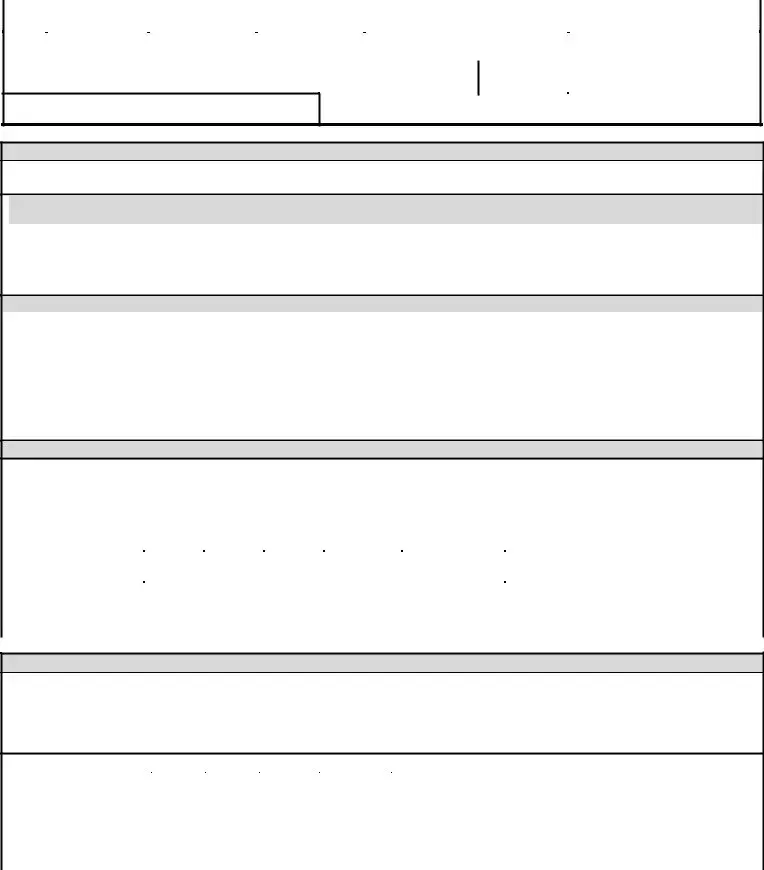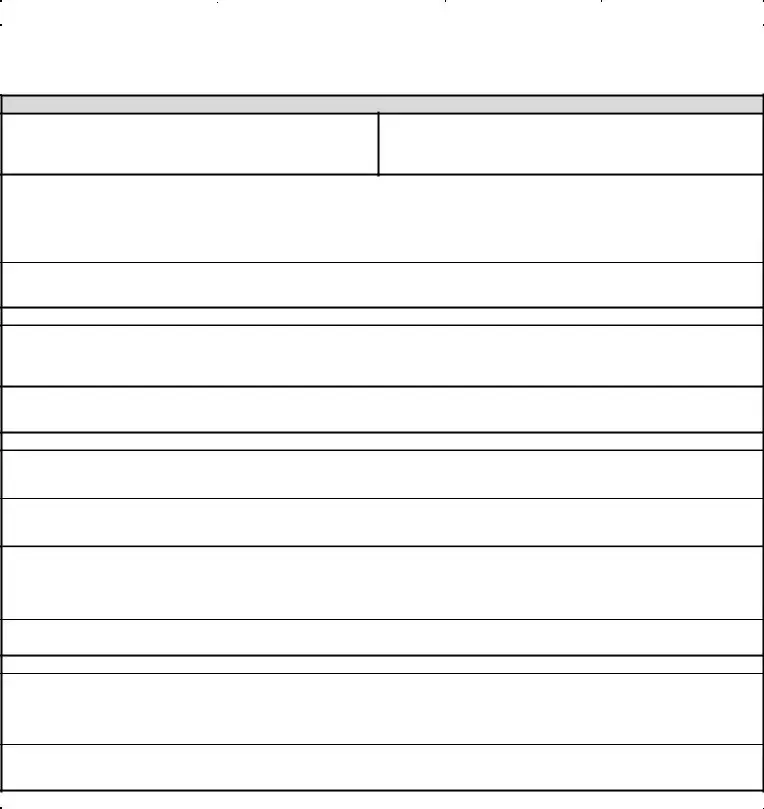What is a 1915(c) Independent Behavioral Health Assessment?
A 1915(c) Independent Behavioral Health Assessment is a comprehensive evaluation designed to gather detailed information about a child or youth's behavioral health history, current status, and needs. The form covers a wide range of areas including demographic information, behavioral health and substance use history, physical health, legal status, family history, trauma history, living situation, education and employment status, social history, and mental status examination. This assessment aids in identifying an individual’s needs for treatment and support services.
Who should complete the 1915(c) assessment form?
This form should be completed by a licensed mental health professional (LMHP) who is conducting an assessment of the client/member. The professional gathers information through interviews with the client/member and, if applicable, the parent or primary caretaker, as well as through review of relevant records and documentation.
What purpose does the 1915(c) assessment serve?
The primary purpose of the 1915(c) assessment is to provide a structured and thorough review of an individual's behavioral health needs to inform a treatment and support plan. It identifies areas where the client/member may need support, including mental health services, substance use treatment, medical care, educational or vocational assistance, and social or recreational support. The assessment also helps in identifying risks and designing a safety plan if needed.
How is substance use history evaluated in the assessment?
Substance use history is evaluated through a detailed section within the form where the individual's use of primary, secondary, and tertiary substances is documented, including type, frequency, method of administration, and age of first use. The assessment also inquires about any history of substance use treatment, overdose, withdrawal, and the presence of problems related to substance use, offering a holistic view of the individual’s substance-related challenges.
What information is gathered about the individual's family history and living situation?
The assessment collects comprehensive data regarding the client’s family history, including relationships with relatives, family involvement in treatment, living status of significant relatives, and any adverse circumstances in the family of origin like poverty, criminal behavior, or substance use. The living situation section covers the client’s current residence, how long they have been living there, and the composition of the household, providing insights into the environmental and relational context of the individual's life.
How does the assessment address the client/member's educational and employment status?
The form includes sections that explore the client's current educational placement or employer, highest grade completed or degree obtained, difficulties with reading and writing, and an estimated literacy level. It also seeks to summarize the individual’s educational history, status, and any employment-related information, which can play a crucial role in understanding their social integration and functional status.
What does the mental status examination include?
The mental status examination is a detailed evaluation of the client's current mental functioning. It includes observations and assessments of general appearance, behavior and psychomotor activity, attitude, speech, mood, affect, perceptual disturbances, thought process and content, as well as suicidal or homicidal ideation. This examination provides valuable information on the individual's psychological state and helps in identifying areas that require intervention.
How is the assessment used to develop a treatment plan?
Based on the comprehensive information gathered through the 1915(c) assessment, mental health professionals can design a personalized treatment plan that addresses the specific needs of the child or youth. This plan may recommend various services such as family, individual, or group therapy, substance use assessment, psychosocial rehabilitation services, and links to vocational, educational, social, or medical services. The assessment's findings enable professionals to prioritize interventions and support the client/member in their recovery journey.





